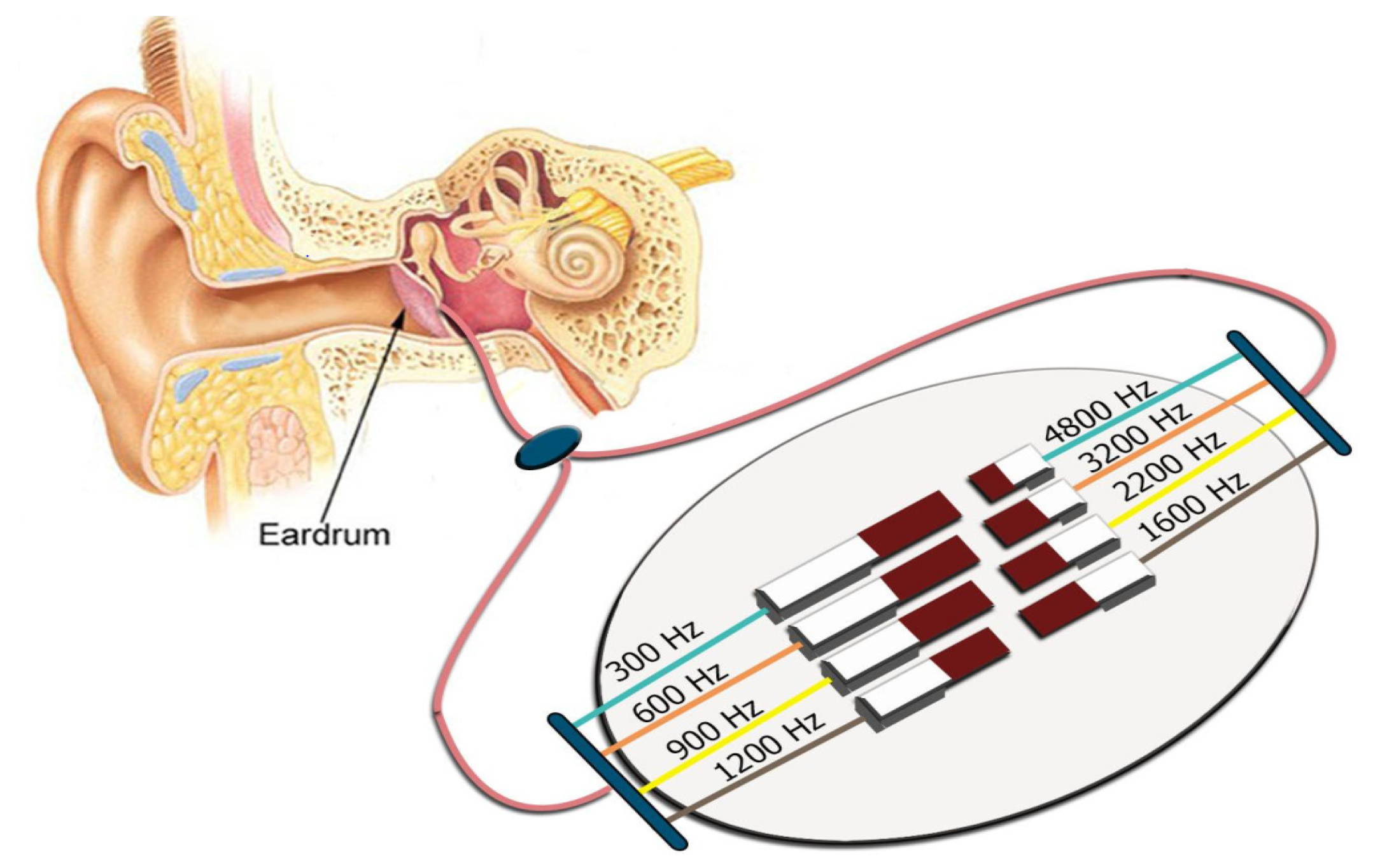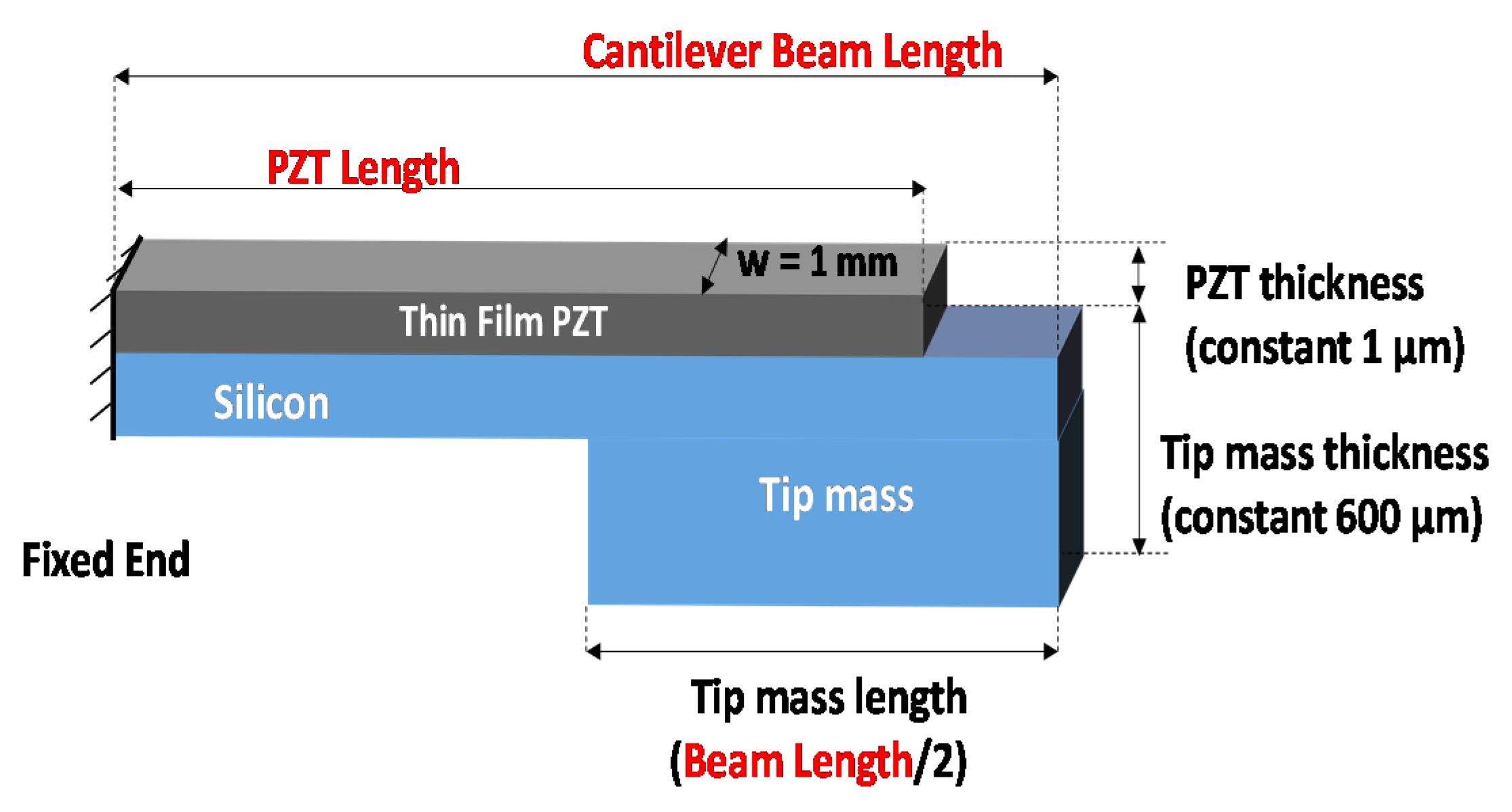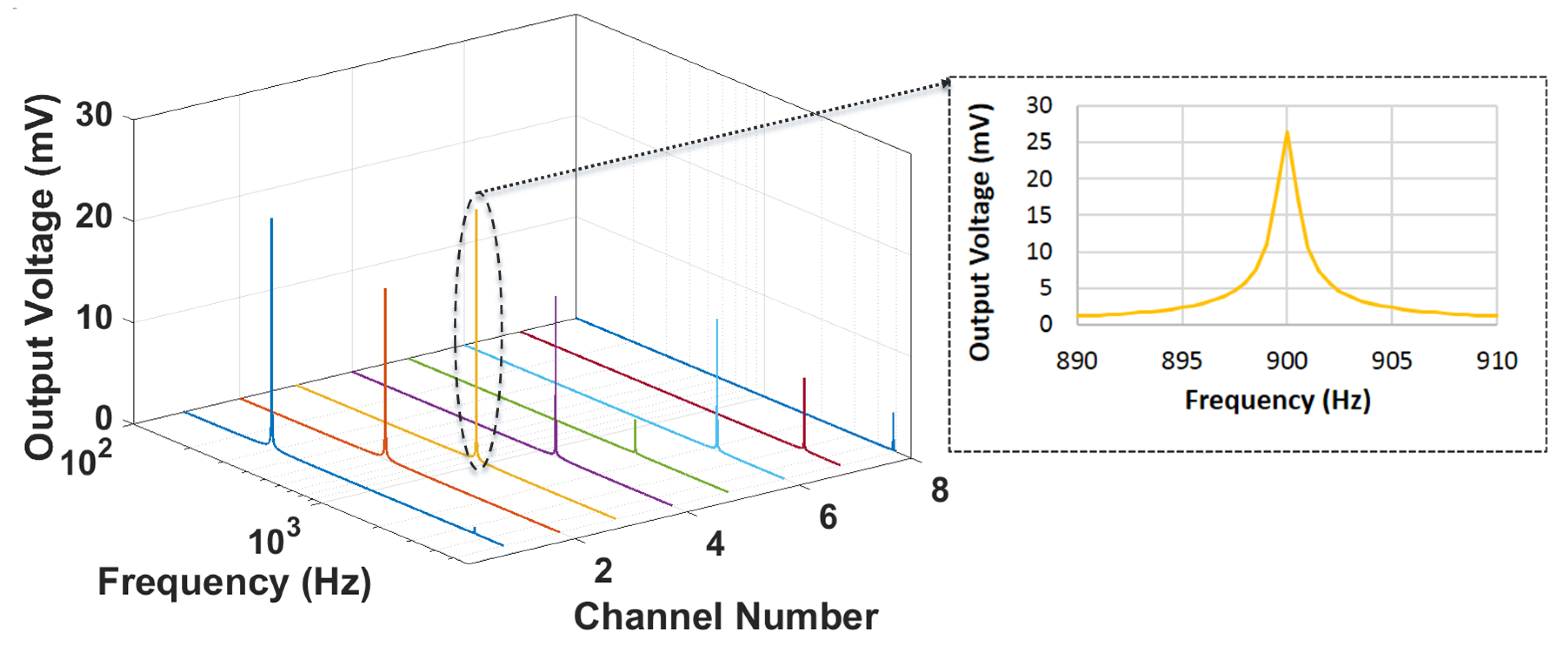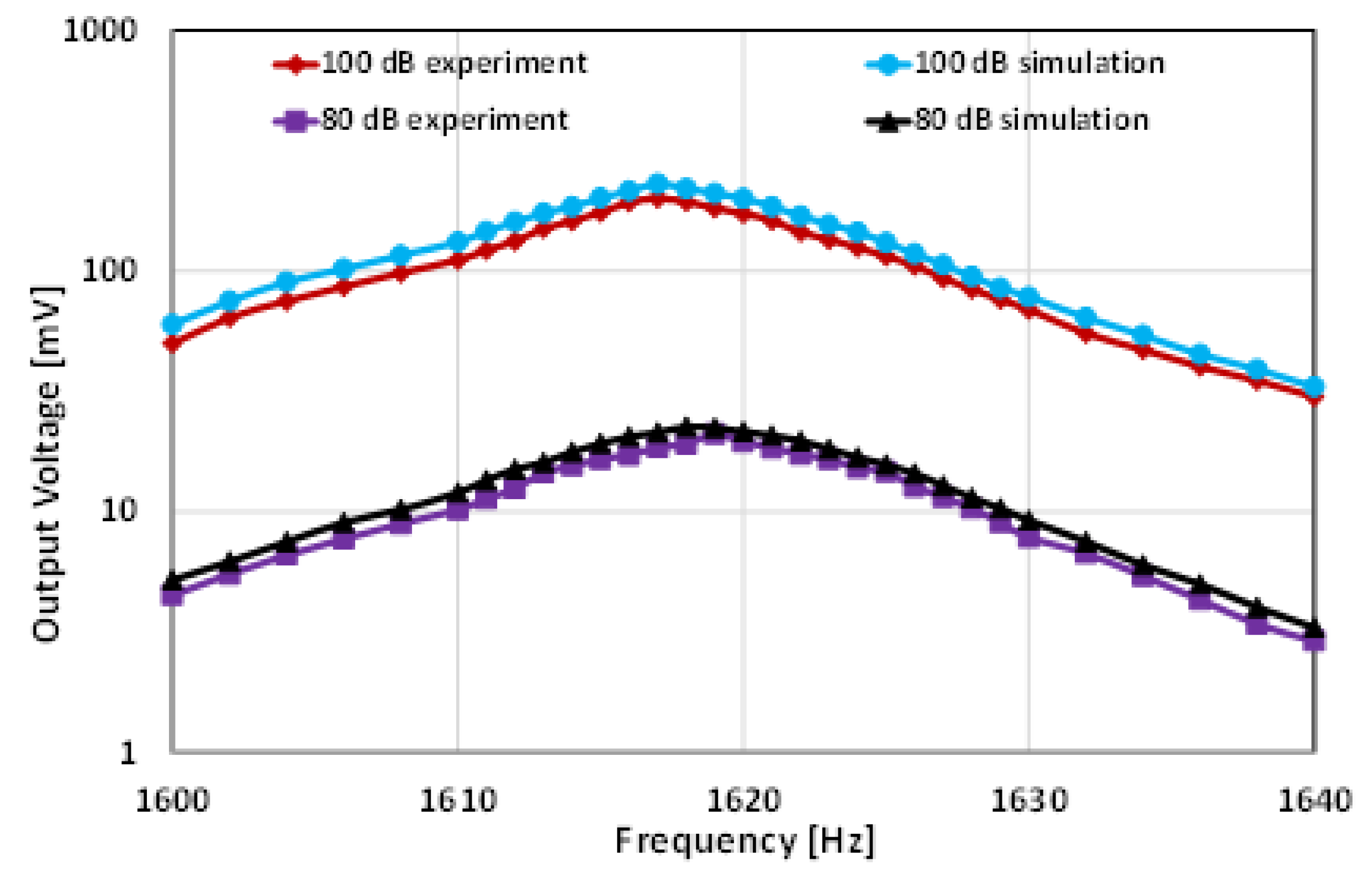Thin Film PZT Acoustic Sensor for Fully Implantable Cochlear Implants †
Abstract
:1. Introduction
2. Design and Modelling
3. Fabrication
4. Results and Discussion
5. Conclusions
Acknowledgments
Conflicts of Interest
References
- Cosetti, M.K.; Waltzman, S.B. Cochlear implants: Current status and future potential. Expert Rev. Med. Devices 2011, 8, 389–401. [Google Scholar] [CrossRef]
- Young, D.J.; Zurcher, M.A.; Semaan, M.; Megerian, C.A.; Ko, W.H. MEMS capacitive accelerometer-based middle ear microphone. IEEE Trans. Biomed. Eng. 2012, 59, 3283–3292. [Google Scholar] [CrossRef] [PubMed]
- Nguyen, M.D.; Dekkers, M.; Vu, H.N.; Rijnders, G. Film-thickness and composition dependence of epitaxial Thin-film PZT-based mass-sensors. Sens. Actuators A Phys. 2013, 199, 98–105. [Google Scholar] [CrossRef]
- Jang, J.; Lee, J.; Woo, S.; Sly, D.J.; Campbell, L.J.; Cho, J.H.; Jang, J.H. A microelectromechanical system artificial basilar membrane based on a piezoelectric cantilever array and its characterization using an animal model. Sci. Rep. 2015, 5. [Google Scholar] [CrossRef] [PubMed]
- Yip, M.; Jin, R.; Nakajima, H.H.; Stankovic, K.M.; Chandrakasan, A.P. A fully-implantable cochlear implant SoC with piezoelectric middle-ear sensor and arbitrary waveform neural stimulation. IEEE J. Solid State Circuits 2015, 50, 214–229. [Google Scholar] [CrossRef]







| Frequency (Hz) | Beam Length (mm) | Output Voltage (mV) | Sensitivity (mV/Pa) | Quality Factor |
|---|---|---|---|---|
| 300 | 3.4 | 22.98 | 363.34 | 984 |
| 600 | 2.4 | 16.87 | 265.4 | 1012 |
| 900 | 1.9 | 24.79 | 391.9 | 1285 |
| 1200 | 1.7 | 15.88 | 251.2 | 1196 |
| 1600 | 1.4 | 22.71 | 358.94 | 976 |
| 2200 | 1.2 | 13.12 | 204.6 | 1043 |
| 3200 | 1 | 7.21 | 114.1 | 996 |
| 4800 | 0.8 | 3.75 | 59.3 | 1121 |
Publisher’s Note: MDPI stays neutral with regard to jurisdictional claims in published maps and institutional affiliations. |
© 2017 by the authors. Licensee MDPI, Basel, Switzerland. This article is an open access article distributed under the terms and conditions of the Creative Commons Attribution (CC BY) license (https://creativecommons.org/licenses/by/4.0/).
Share and Cite
İlik, B.; Koyuncuoğlu, A.; Uluşan, H.; Chamanian, S.; Işık, D.; Şardan-Sukas, Ö.; Külah, H. Thin Film PZT Acoustic Sensor for Fully Implantable Cochlear Implants. Proceedings 2017, 1, 366. https://doi.org/10.3390/proceedings1040366
İlik B, Koyuncuoğlu A, Uluşan H, Chamanian S, Işık D, Şardan-Sukas Ö, Külah H. Thin Film PZT Acoustic Sensor for Fully Implantable Cochlear Implants. Proceedings. 2017; 1(4):366. https://doi.org/10.3390/proceedings1040366
Chicago/Turabian Styleİlik, Bedirhan, Aziz Koyuncuoğlu, Hasan Uluşan, Salar Chamanian, Dilek Işık, Özlem Şardan-Sukas, and Haluk Külah. 2017. "Thin Film PZT Acoustic Sensor for Fully Implantable Cochlear Implants" Proceedings 1, no. 4: 366. https://doi.org/10.3390/proceedings1040366
APA Styleİlik, B., Koyuncuoğlu, A., Uluşan, H., Chamanian, S., Işık, D., Şardan-Sukas, Ö., & Külah, H. (2017). Thin Film PZT Acoustic Sensor for Fully Implantable Cochlear Implants. Proceedings, 1(4), 366. https://doi.org/10.3390/proceedings1040366





